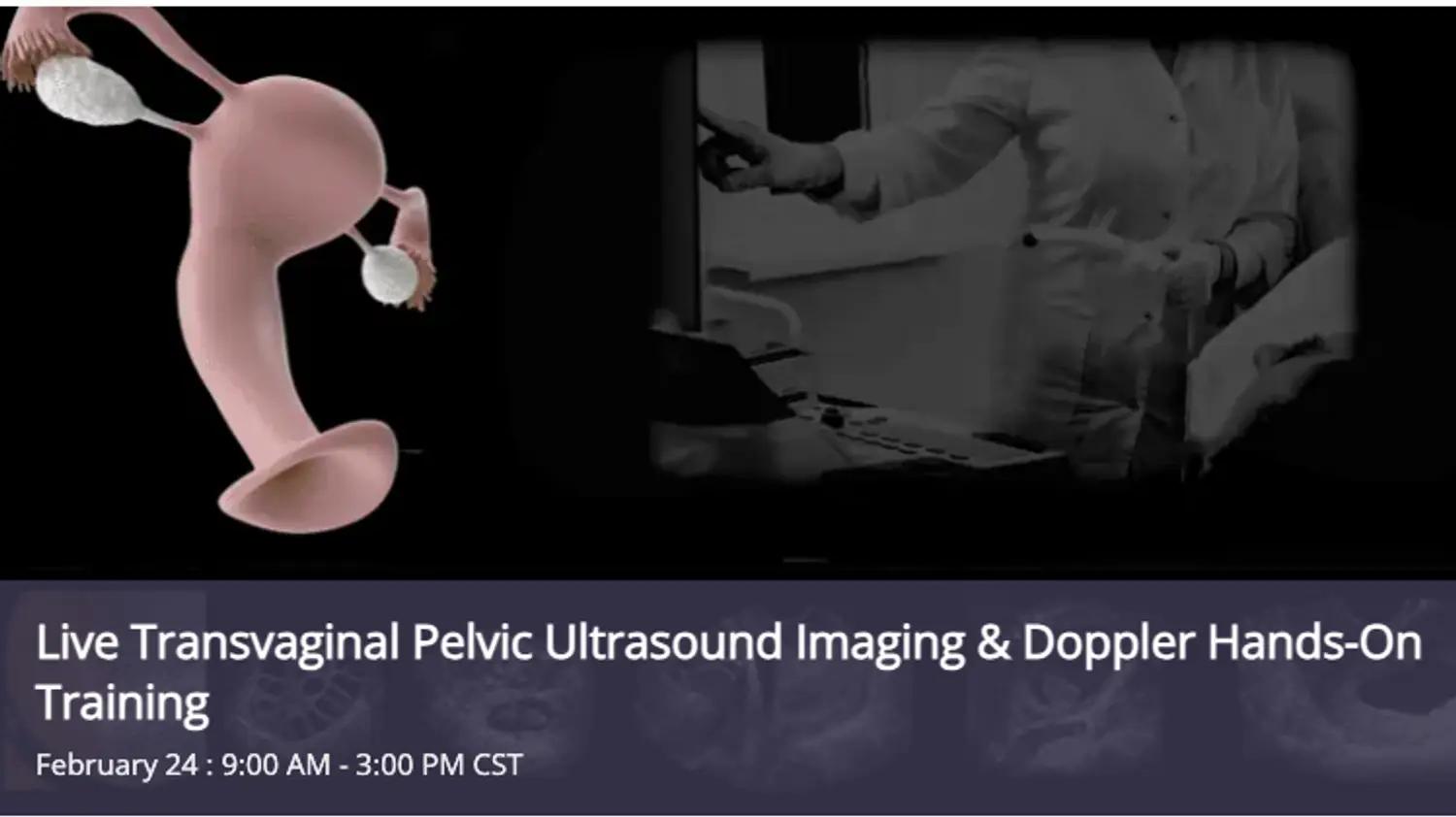
Imaging Benign Breast Diseases: The Role of Sonography and Mammography
 hosted byeRADIMAGING
hosted byeRADIMAGING
Imaging Benign Breast Diseases: The Role of Sonography and Mammography is organized by eRADIMAGING.
Release Date: 3/28/2019
Expiration Date: 4/1/2025
Description:
Benign breast diseases (BBD) are a common and heterogeneous collection of conditions seen in women who present with palpable breast abnormalities. Most BBD, which includes simple and complex cysts, solid masses, and other nonproliferative and proliferative disorders, are identified on screening and diagnostic imaging and confirmed on histologic analysis. Targeted sonography and diagnostic mammography are the 2 most common imaging modalities currently in use with the appropriate choice of approach determined by the woman's age, demographics, breast anatomy, clinical examination, and biopsy findings. A substantial body of evidence has shown that when used as indicated, sonography and mammography are highly sensitive and specific means to evaluate palpable breast masses, triage patients for subsequent clinical management and imaging evaluations, and justify post-imaging tissue biopsy. In so doing, the 2 approaches can safely and cost-effectively establish a prompt positive diagnosis for those women with breast cancer, while bringing peace of mind to the majority of women with BBD.
Objectives:
• Explain the evidence-based role of mammography and sonography for women with palpable breast abnormalities/benign breast diseases (BBD).
• Compare the recommended guidelines for use of each technology in screening and diagnosis.
• Identify the most common types of BBD, their classification (BI-RADS and histologic), and the role of primary and follow-up imaging in the diagnostic process.









